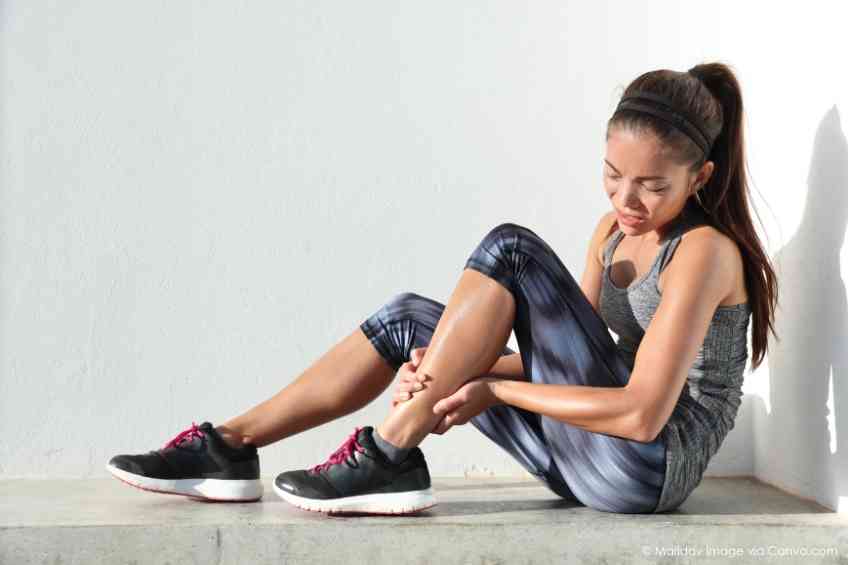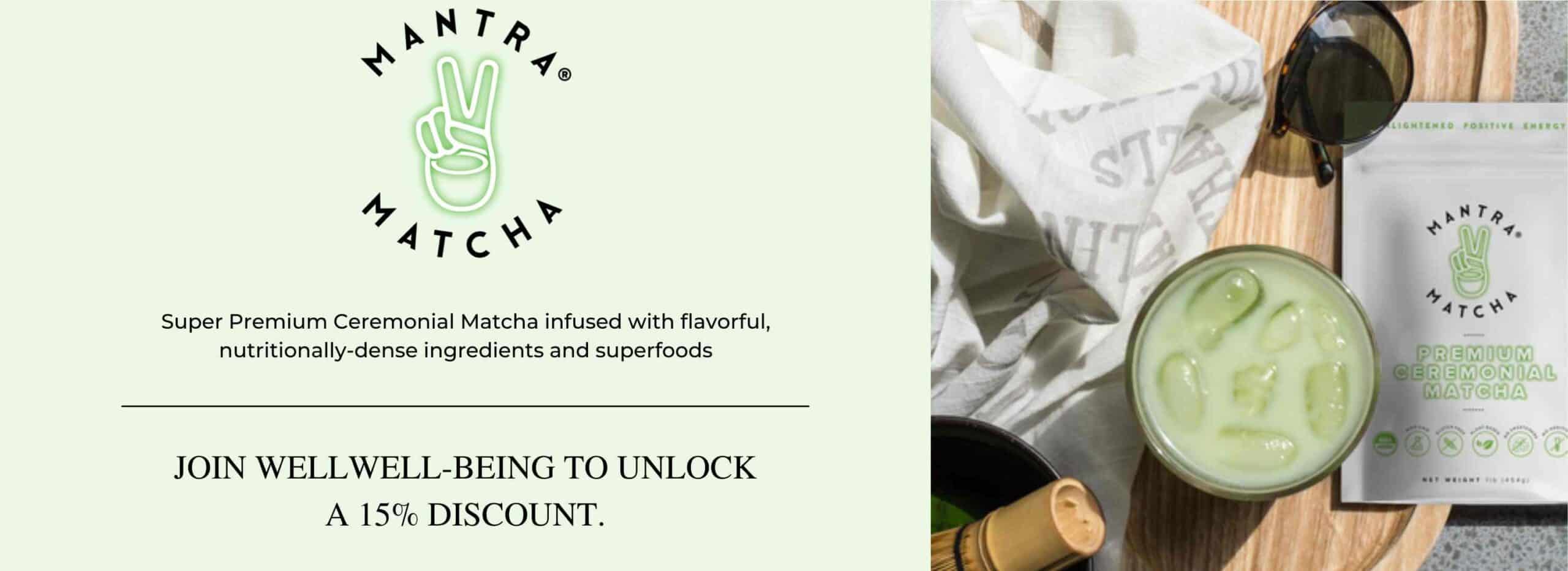By John Hand –
When in the moment, a good workout session can feel perfect. The next day, however, muscle soreness often turns that invigorating feeling into a regret.
The reason for this uncomfortable transformation is simple but can sound gruesome. Muscle fibers are ripped apart during a workout, causing inflammation. All of this is completely natural.
But ultimately, the greater the tear, the greater the soreness.
Surprisingly, not all muscle soreness is the same. Acute soreness occurs during a workout, while delayed-onset muscle soreness (DOMS) surfaces the next day. Both phenomenons are common, but not inevitable, In fact, there are several ways, including active stretching post-workout, using heat and ice on sore muscles and proper hydration to avoid the pain altogether.
The importance of stretching has been emphasized since the first day of gym class. After working out, stretching is essential, but more significant is the style of stretching. Several studies report that stretching in place after a workout—otherwise known as static stretching—
has little to no effect on recovery. An active cool-down, however, can greatly reduce muscle soreness because the movement increases blood flow to the muscles and removes lactic acid buildup, Goodrx.com reports.
An active recovery can take the form of any low-intensity exercise such as walking after a run, or other stretches like leg swings or hip circles. It is important, however, to maintain a steady breath and only reach a medium level of muscle tension during the stretch.
Another common remedy for muscle soreness is using ice and heat. There is debate over whether ice or heat is better for sore muscles, but the reality is that both can help. Ice is better for reducing swelling and relieving any pain because the cold of an ice pack slows blood circulation. Heat increases circulation, which will loosen tight muscles and have a higher impact on older injuries. One study found that using a combination of heat and ice therapy for an hour after a workout is particularly helpful in battling back DOMS.
Hydration and nutrition also are key elements to avoiding sore muscles. Water is the simplest and best way to keep muscles hydrated. Other electrolyte drinks that include sodium or sugar also help after a high-intensity workout with a lot of sweating.
Surprisingly, coffee or any moderate dose of caffeine can provide relief as well because caffeine has pain-killing properties and can also activate the central nervous system. One research project discovered that just a moderate amount of caffeine resulted in a 50-percent reduction in post-workout muscle pain.
Anti-inflammatory and antioxidant-rich foods such as cherry juice, fatty fish, watermelon, pineapple or ginger will reduce soreness and ease workout-related inflammation. The University of Oregon, in fact, reported that runners who drank tart cherry juice for seven days before a strenuous running event experienced significantly less related pain compared to runners who skipped the juice.
Massage, using Epsom salts and foam rolling are other ways to ward off soreness. However, since the related discomfort usually differs from person to person, the recovery process can differ as well. Ultimately, this means it is important to employ a combination of tactics that are person-specific to ease soreness and clear the way for getting back to the gym as soon as possible.













